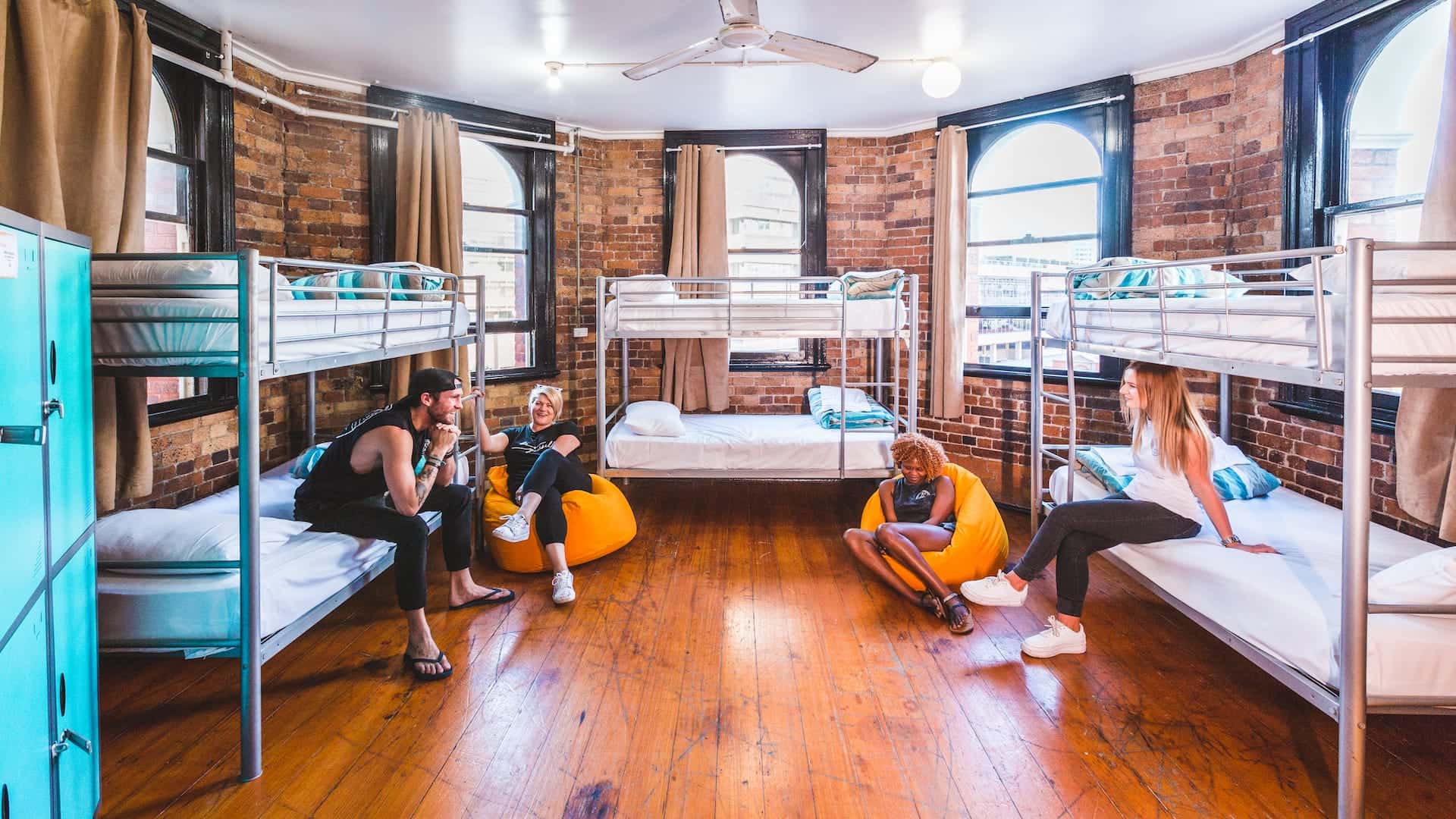When sharing a room, the price per person sharing is each guest pays. In certain places, charging by the number of persons staying at a property rather than offering a flat rent is extremely typical. PPS guarantees that the facility is not abused or overrun with more people than the owner has permitted. It also ensures that the price of other complementary services, like meals, that the host is responsible for remains minimal.
Many hosts charge a single-person price, benefiting from making more money the more people who stay in the room. As a result, while renting a two-person accommodation with its amenities, lone tourists are normally charged an additional cost.
The abbreviations PP (per person), PPPN (per person per night), and PPS may all be used to refer to this idea (per person sharing). These words all refer to the same thing.
What Does “Per Person Per Night” Actually Mean?
Each person per night implies that you break out how much each individual spends instead of calculating the overall amount per person. So, if the total cost is $1000 and two visitors spend five nights, the price per person per night is $100 ($1000/2 guests = $500/5 nights = $100 per person per night).
How do you figure out the price point for per person sharing?
Simply divide the room’s rate by the number of visitors to get a per-person estimate. Here’s an illustration:
- If a double room costs $450 per night, the cost per person sharing is $450/2 = $225 per night.
It is up to the property owner to decide whether to post pricing in this manner rather than the whole cost. Before doing so, it’s a good idea to research comparable firms and weigh the benefits and drawbacks.









